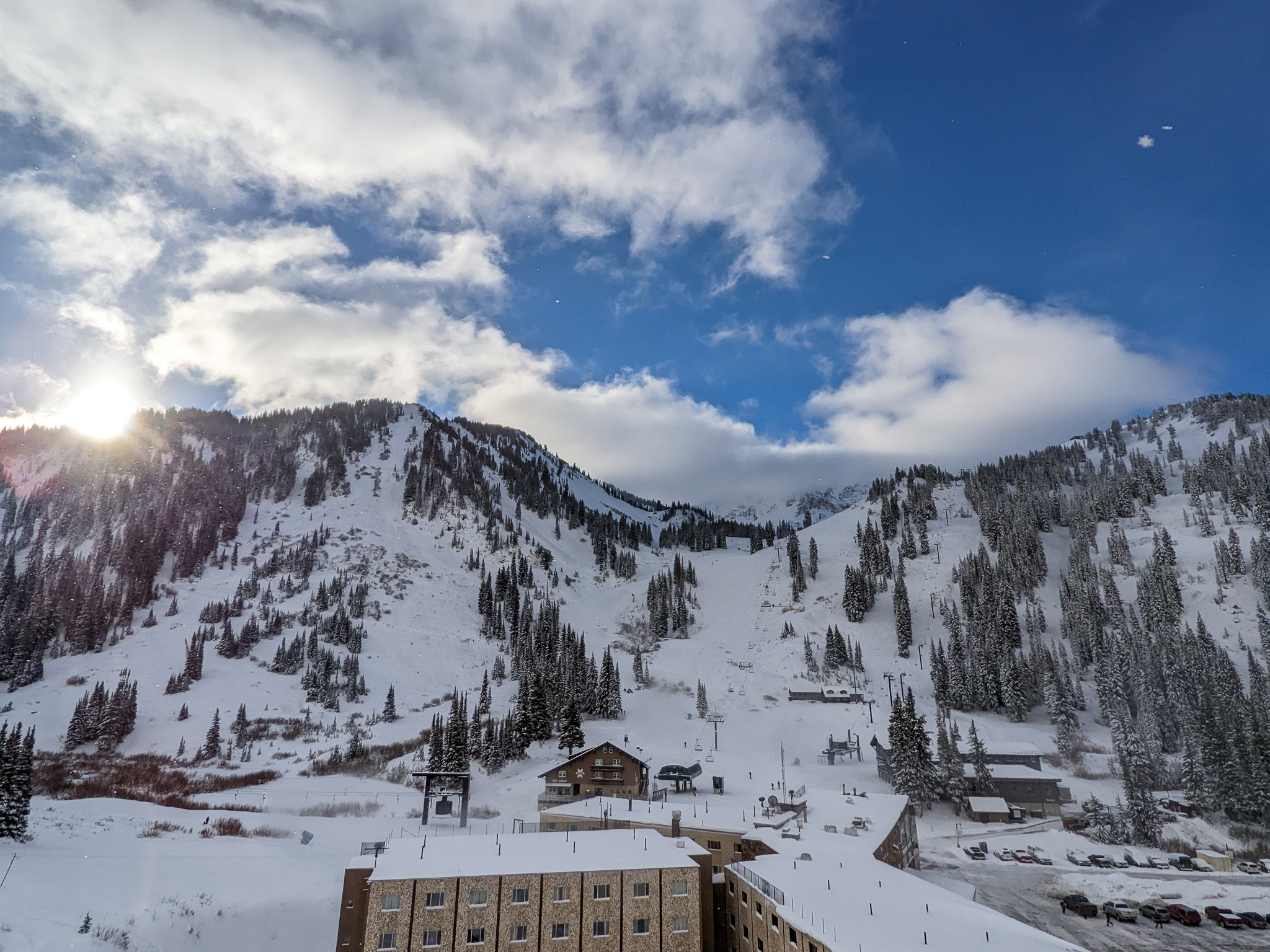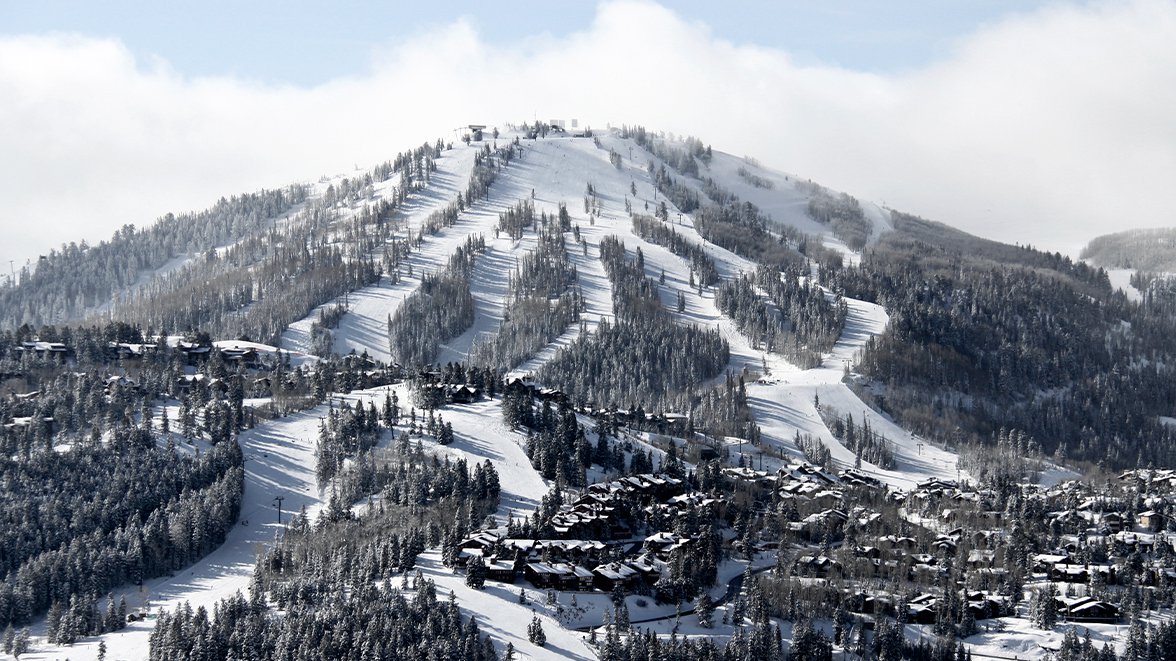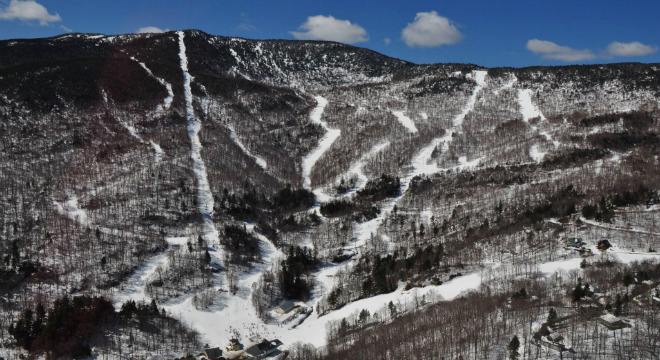
Snowboarding has existed longer than most people think when it debuted in the 70s and 80s. The history and early years of snowboarding are undocumented, and many different theories and folklore about who invented the first snowboard. According to the International Skiing History Association, some date the early beginnings of snowboarding to the 16th century in Austria, where there are stories of miners riding longboards with either ropes or handlebars used for balance. The device was called the ruariser knappenroesser, and there are tales of knappenross races in the 1800s.
In 2008, extreme snowboarders Jeremy Jones and Stefan Gimp traveled to the Kaclar Mountains in Turkey while working on the film Legends. While there, they met people from a village who rode a flat piece of wood resembling a toboggan with a rope in the front to hold for balance and a stick in the back for steering. According to the International Skiing History Association, the people in this village have been doing this for over 400 years for fun. It also made it easier for people to travel in deep snow.
The list of where, who, and when the origins of the first snowboard were created are all still debatable, with multiple people throwing their hats into the ring trying to claim credit for the invention. However, in 1965, history does credit Sherman Poppen with creating the Snurfer, which was simply two pairs of skis tied together with a rope attached to the front for balance. Poppen patented it in 1966 and sold more than 750,000 Snurfers nationwide in the ’60s and ’70s.
The 80s was the decade for snowboarding to hit the mainstream, and it seemed riders were on every slope and every mountain in the country. However, not everyone was happy about the boom of the snowboarding revolution, and there was a backlash against snowboarders from skiers and operators. Snowboarders were viewed as rude, dangerous, inconsiderate, and nuisances in the eyes of most skiers at the time. Snowboarders would get in the way, ruin moguls, scrape away fresh powder from freshly groomed slopes, fall in the lift lines and cause delays; the list goes on and on.

The 80s and 90s were when the ski industry started seeing a decline in numbers. Snowboarders were there to pick up those numbers, and nothing talks more than money. It was a time when ski resorts were truly only winter destination spots, and they had not yet started to find other sources of income like hosting concerts, weddings, special events, and other functions to supplement their income other than skiing. I have been to many ski resorts and had the opportunity to speak with management. Shockingly, some ski resorts make more money providing these non-skiing/riding events and activities than they make during the winter through skiing and riding sales. Some suggest that snowboarders saved the ski industry and their resorts. Others say that they just put up with the snowboarders cause it is the politically correct thing to do. Whichever position you agree on, there is no doubt that snowboarding has taken off since the 80s and has become a massive player in the winter sports arena.
Ski resorts have been paying attention to the numbers, and with approximately eight million snowboarders in the United States last season, there are not many places you cannot find to go snowboarding. However, there are three places in the United States where you will not find a snowboarder, and that is because they have prohibited snowboarding at their resorts. Those three resorts are Alta Ski Area, Deer Valley, Utah, and Mad River Glen in Vermont. These are the last three holdouts for permitting snowboarding in the United States, and it is fair to ask why? Here is a quick look at each resort and their reasoning behind not allowing snowboarding at their mountains.

Alta Ski Area, UT, is an independently-owned ski area and was the second in the western ski region when it first opened in 1938 and has been a destination spot for skiers to hit the best powder worldwide. Alta Ski Area is known for being steep, having great expert runs, and for some of the most outstanding views any ski resort would desire. It is similar to Deer Valley regarding catering to the elite and more exclusive clientele but usually gets a lot more snow than Deer Valley per year. It also has the luxury of being relatively close to a major city, Salt lake City, which is only 26 miles away from Alta.
Alta is one of three ski resorts in the U.S. that does not allow snowboarders to ride on their mountain, and they make it very clear on their website. In its Mountain Policy Statement, Alta states, “Alta Ski Area is for skiers and restricts the use of equipment other than skis for anyone who wants to ride the lifts and ski the mountain or play around the base areas. Skis need to have metal edges, retaining devices, and bindings that face forward and attach to alpine or nordic ski boots. Commercially manufactured sit skis are allowed for skier use.” There are also multiple locations on Alta’s website that state, “Alta is a skier’s mountain. Snowboarding is not allowed,” or “Alta is a skiers-only mountain. Snowboarding is not allowed.” According to Alta management, snowboarders are a public safety hazard to skiers and other personnel on the mountain. In a 2015 court case regarding the ban on snowboarders, Alta said the ban isn’t personal. It is just a business decision based on the safety of the skiers who do not feel comfortable with snowboarders on the mountain with them.
Quick Facts and History:
- Established: 1938
- Elevation: 11,068’
- Vertical Drop: 2,538’
- Skiable Area: 2,614 Acres
- Total Runs: 119
- Beginner Slopes: 15%
- Intermediate Slopes: 30%
- Advanced Slopes: 55%
- First Avalanche Center in the U.S. opened in 1949
- Five Lodges

For more information on Alta Ski Area, check out its website: https://www.alta.com.

Deer Valley opened in 1981 and was designed by Edgar Stern to provide luxury accommodations by providing first-class lodging, dining, and guest services to skiers. Stern, who began in the hospitality business in New Orleans, took his knowledge of luxury hotels and guest services and applied it to the ski industry, intending to provide world-class service. Deer Valley has won numerous awards throughout its history. It has been named America’s Best Ski Resort every year since 2013, won the #1 overall resort by SkiMagazine eight times, and has been in the top three resorts for 20 consecutive years.
Deer Valley also does not allow snowboarding at its resort, just like Alta Ski Area and Mad River Glen, and some believe the reason is that it caters to the elite clientele that frequents its mountain. A ski culture still believes snowboarders do not belong on the mountain because they are “dangerous, rude and cause ski conditions to deteriorate.” According to Deer Valley’s website, under the “Frequently Asked Questions” tab, the first thing stated is, “Is snowboarding allowed at Deer Valley? No. Deer Valley is a ski only resort.” According to Deer Valley’s Safety Policy, “The following activities sledding, uphill travel, cross-country skiing, snowboarding, snowmobiling, and hiking are not permitted at Deer Valley at any time of the day or night during the ski season.”
Quick Facts and History:
- Established: 1981
- Elevation: 9,570’
- Vertical Drop: 3,000’
- Skiable Area: 2,000 Acres
- Total Runs: 103
- Beginner Slopes: 27%
- Intermediate Slopes: 31%
- Advanced Slopes: 42%
- Five Lodges

For more information on Deer Valley, check out its website: https://www.deervalley.com.

Mad River Glen Ski Resort, VT, opened on December 11, 1948. As the only major skier-owned mountain in America, it focuses on keeping skiing to its purest form, preserving the mountain’s rich history and unique culture. In 1995 the mountain was faced with an enormous amount of debt, and the late owner, Elizabeth Stratton Pratt, formed the Mad River Glen Cooperative, which allowed skiers to buy into the mountain in hopes of saving it from going bankrupt. The Cooperative, according to its website, has one mission, “… to forever protect the classic Mad River Glen skiing experience by preserving low skier density, natural terrain, and forests, varied trail character, and friendly community atmosphere for the benefit of shareholders, area personnel and patrons.” Mad River Glen is known for being a place that is rough and has steep terrain and excellent glades to ski, and it keeps its deep tradition by remaining who they are and not deviating from that for any reason.
Mad River Glen was one of the first places in the country to allow snowboarders back in 1986; however, due to safety considerations, they banned snowboarders at the beginning of the 1991/92 season. Snowboarders were banned because of the issues the snowboarders were causing with the famous and iconic single-chair lift that allows access to the legendary expert terrain that Mad River Glen offers. Most chairlifts throughout the country have a raised platform where skiers or riders disembark from the chairlift, but the single chair at Mad River Glen does not. This would cause snowboarders difficulties when getting off the chairlift, and riders would naturally push off the chairlift as they got off, which would cause the lift to derail from the sheave wheel, causing safety issues. There was one vote after the 1991/92 season, in 1995, where the Co-op voted 75% to keep the snowboarder ban in effect. There has never been another vote since.
Quick Facts and History:
- Established: in 1948
- Elevation: 3,637’
- Vertical Drop: 2,037’
- Skiable Area: 115 Skiable Acres and 800 Acres of Tree Skiing Access
- Total Runs: 53
- Beginner Slopes: 20%
- Intermediate Slopes: 35%
- Advanced Slopes: 45%
- Home to one of the only Single Chairlifts in North America (the second one is in Alaska)

For more information on Mad River Glen, check out its website: https://www.madriverglen.com.
Regarding these three ski resorts, it does not look like snowboarding will be allowed at their mountains in the foreseeable future. Alta Ski Area, Deer Valley, and Mad River Glen all share that mindset about themselves that separates them from other ski resorts throughout the country. That mindset is that they know who they are, are committed to staying who they are, and do not care what others think.